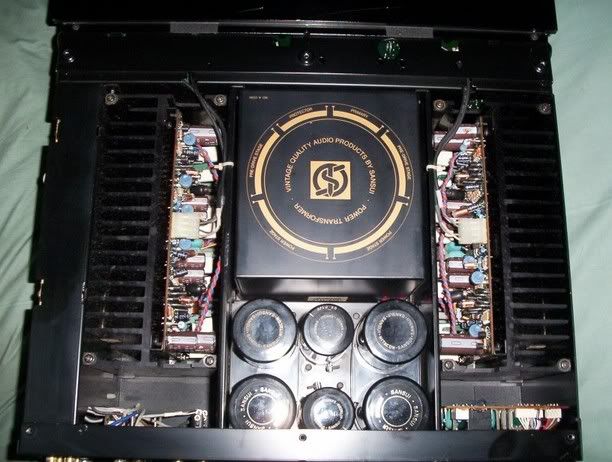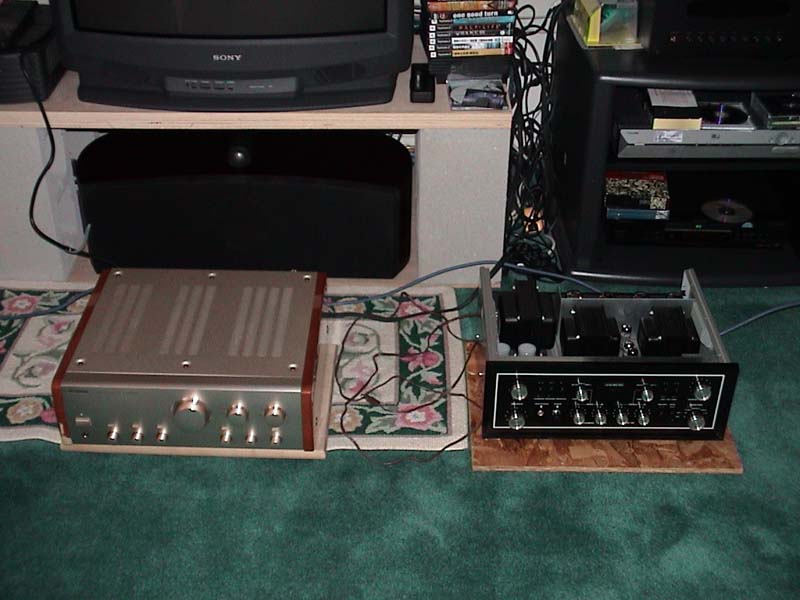No, I have no idea how many are produced, but for the second part of your question, I could imagine that no too much amps were sold considering the recommended price at the time: 7000DM (!). If you convert now (as is now usual among dealers, since introduction of Euro), this will be some 7000€ - and that's too much money for an integrated amp.
It comes to my mind the legendary separates, B-2302 and C-2302, each of them was around 7000DM: And, remember, 14000DM at the end of 80's was goood money, you would by a good new car of medium class.
And, yes - the last AU-X1111 I saw, was offered some two months or so, on ebay.de and came from Athens. The askikng price was 2200€, much than hikfimakellar asked price. I don't know if someone bought them, it was exibited for only 3 days.






